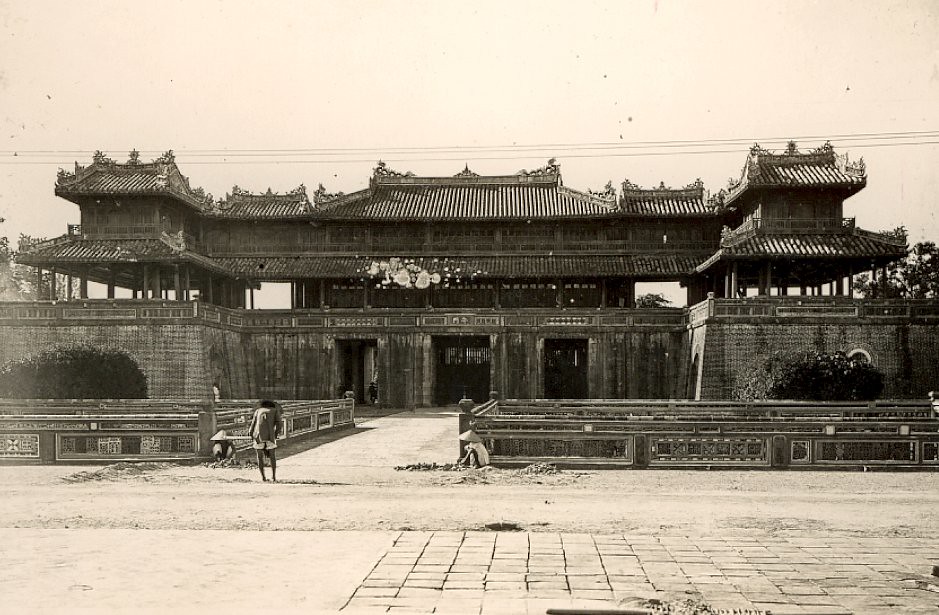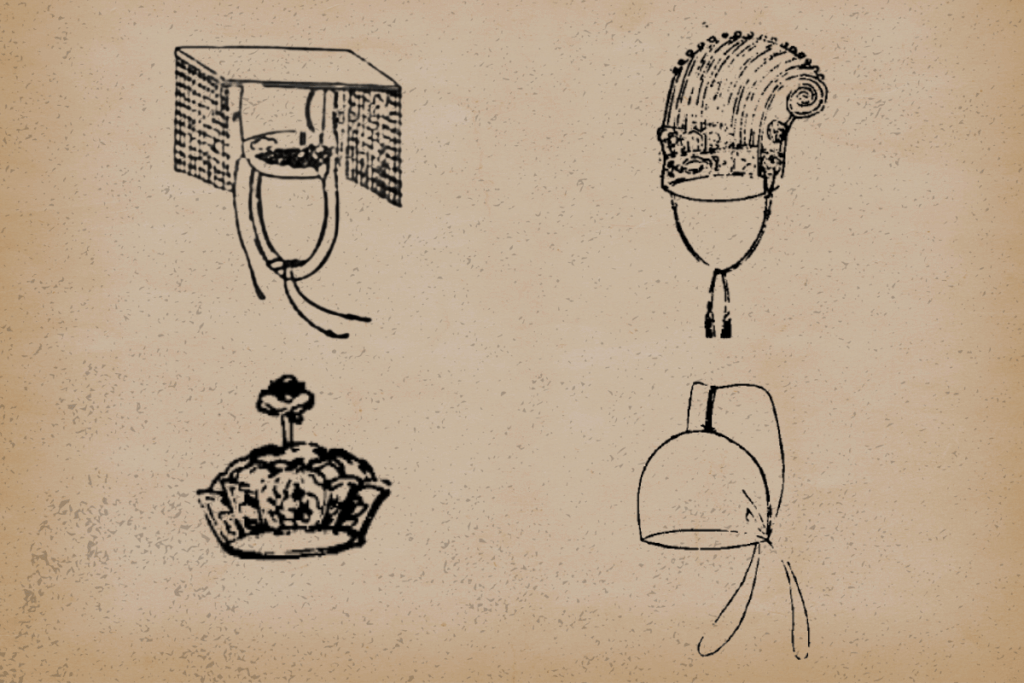The Attire System of the Nguyen Dynasty Mandarins
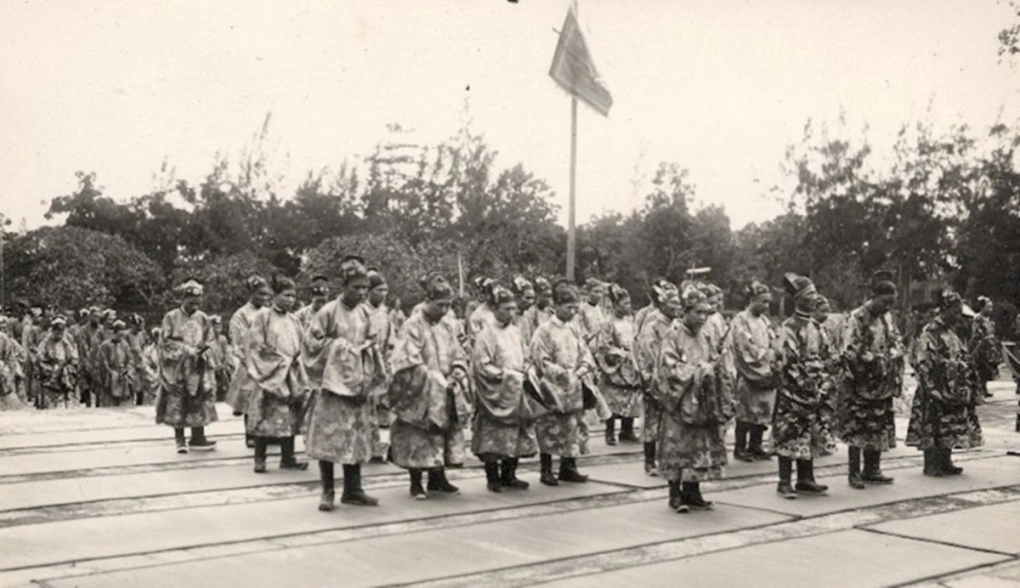
Deeply influenced by Confucianism, the official attire system was strictly regulated, clearly reflecting the social order, rank, and court rituals. The attire of the Nguyen Dynasty mandarin can be categorized into three main groups: Ceremonial Robes (Lễ phục), Court Robes (Triều phục), and Daily Robes (Thường phục), alongside the Bổ tử (Mandarin Square) – an embroidered badge symbolizing rank on the robe, collectively forming the distinctive appearance of Vietnamese official culture in the early modern period.
Ceremonial Robes
From the reign of Emperor Gia Long, the Cổn Miện (Formal Court Attire, consisting of a ceremonial robe and crown/hat) regulations were restored and perfected. In 1831, Emperor Minh Mạng redefined the system, allowing princes, royal dukes, and mandarins of the first, second, and third ranks to wear the Cổn Miện with 9 lưu (strings of beads) and 9 chương (emblems). This ceremonial set was modeled after the classic regulations of the Song and Ming Dynasties, but bore distinct DaiNam (Vietnam) characteristics: embroidered with the Nine Imperial Emblems

Cổn Miện with 9 lưu 9 chương

Ton That Han Portrait

Gia Hung Vuong with Cổn Miện
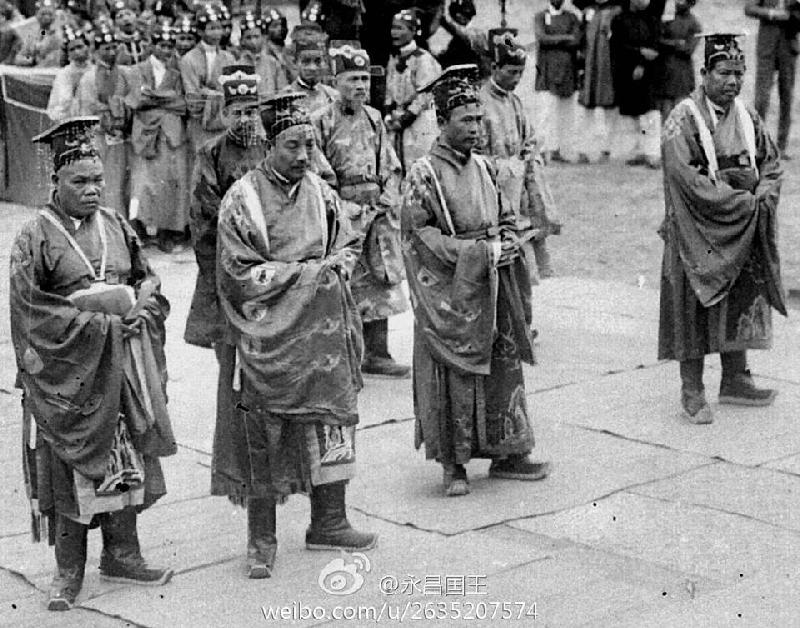
Nguyen Dynasty Princes and Imperial Kinsmen Performing Supporting Sacrifices

Nguyen Dynasty Princes and Imperial Kinsmen in Cổn Miện Attire Performing Supporting Sacrifices
Furthermore, mandarins of the second and third ranks were also prescribed Cổn Miện with 6 lưu and 5 chương or 4 lưu and 3 chương, clearly differentiating their respective ranks. The Nguyen Dynasty’s Cổn Miện, while inheriting Chinese regulations, remained distinct with its softer patterns and harmonious colors, reflecting the Vietnamese aesthetic sensibility within the Confucian framework.
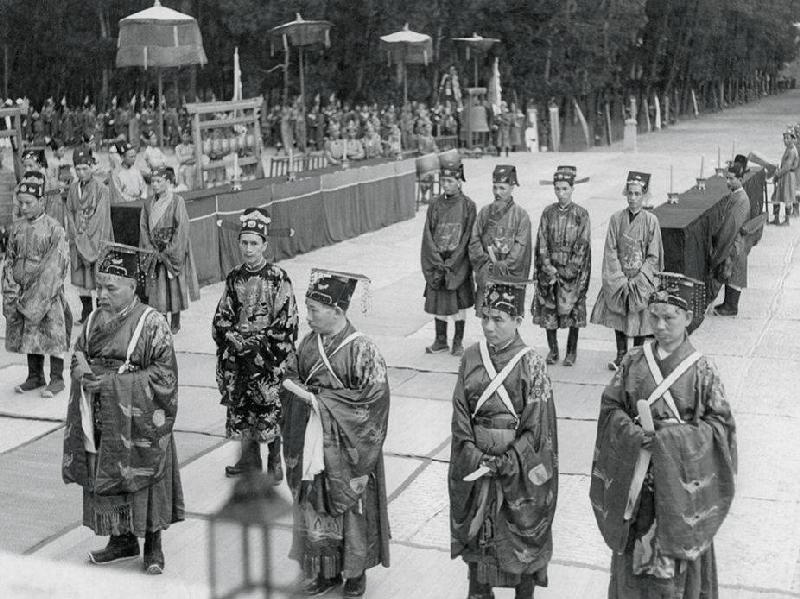
Photograph of mandarins in Cổn Miện (6 Pendants, 5 Emblems) at the the Southern Heaven Worship Ceremony
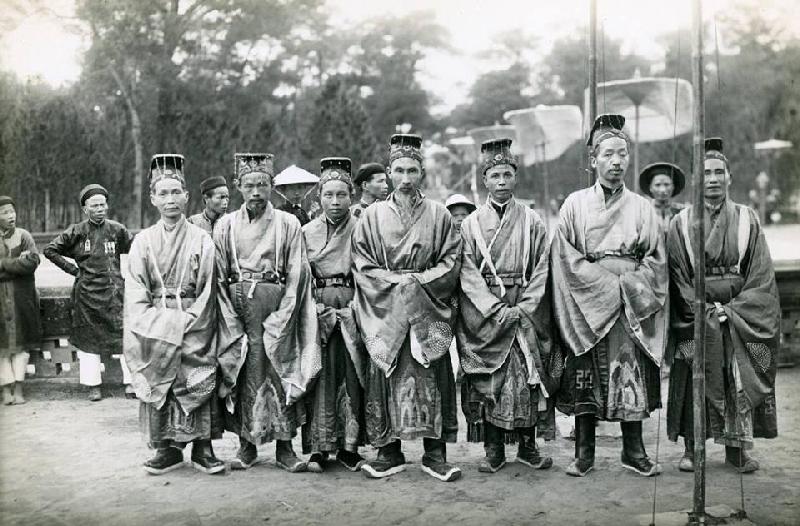
Photograph of mandarins in Cổn Miện (4 Pendants, 3 Emblems) at the the Southern Heaven Worship Ceremony
Court Robes
During the Nguyễn era, the Phốc Đầu hat continued to be used as the Court hat for all civil and military mandarins, but was divided into three types: the round-shaped Phốc Đầu for civil mandarins, the square-shaped Phốc Đầu for military mandarins, and the Phốc Đầu with two added silver horns, called the Giải Trãi hat, for judicial mandarins (Pháp quan – those enforcing the law and censors/imperial inspectors).
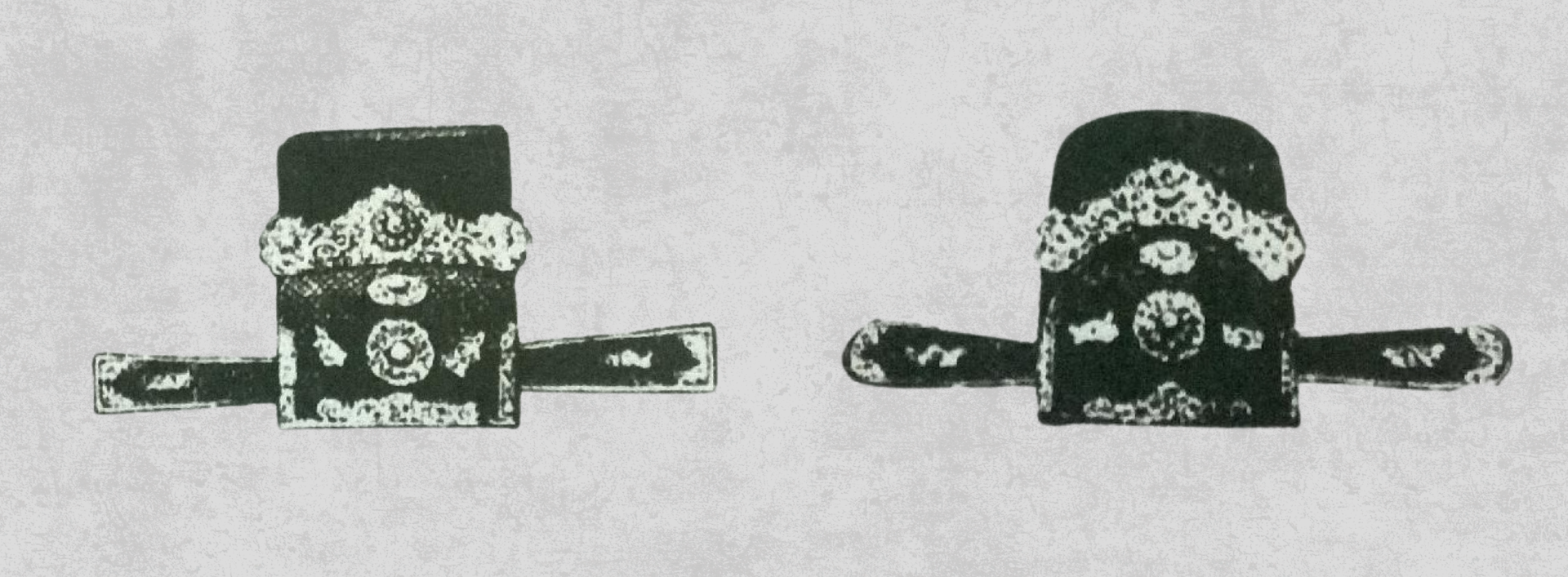
The Phốc Đầu hat of Nguyen Dynasty Civil and Military Officials (BAVH.1916)

Phốc Đầu hat – front view
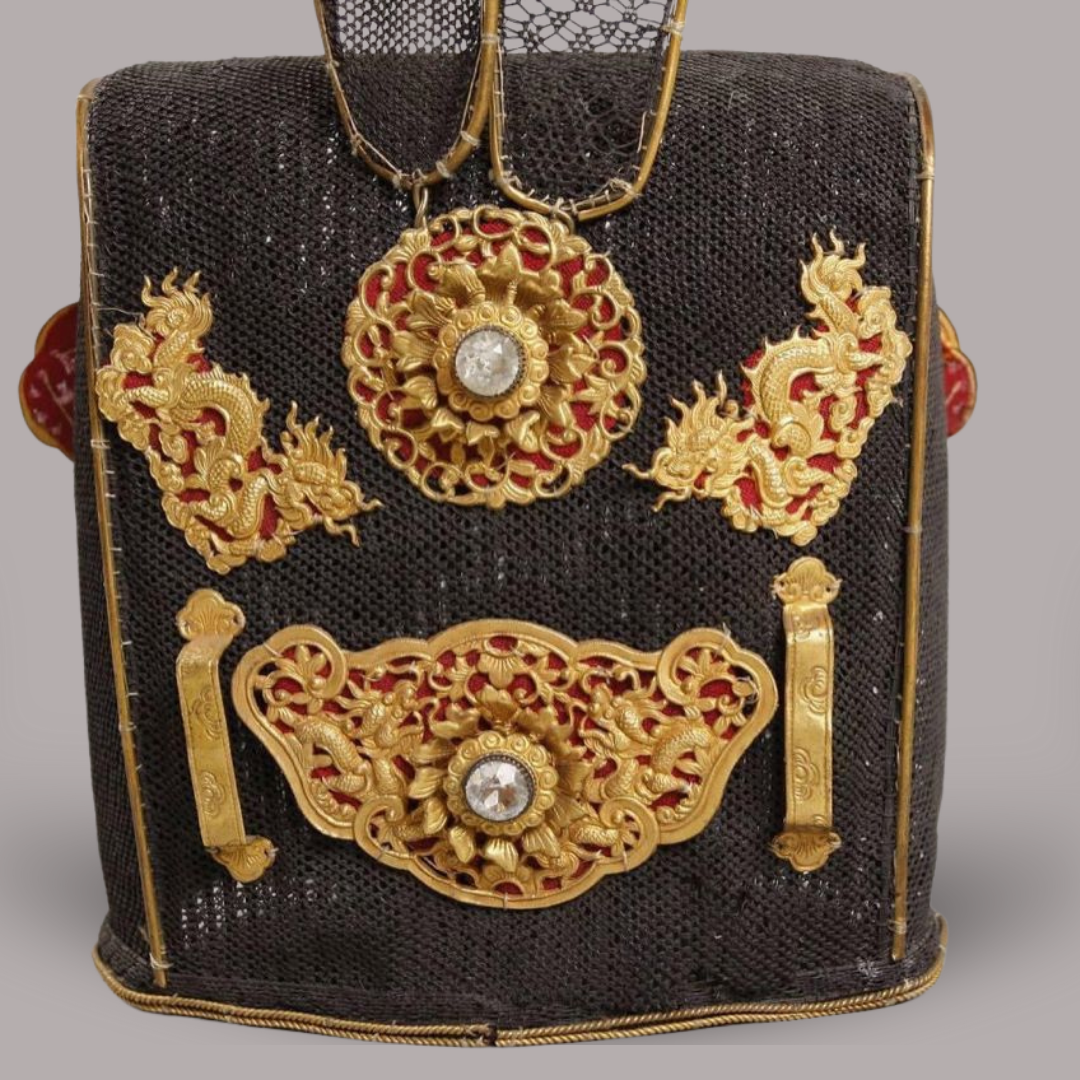
Phốc Đầu hat – back view
The court robes of the mandarin were made from precious gauze, satin, or brocade (gấm), embroidered with dragons, clouds, waves, and auspicious patterns. These details were not merely decorative elements but also expressions of the Confucian order and ethics, where the hierarchy of “sovereign – minister – father – son” was conveyed through every stitch. Each official rank had its own prescribed color—crimson, blue, green, indigo, black, etc. (according to the 1804 regulations)—creating a clear distinction between each tier of officialdom.
From the first to the fifth rank, court robes were divided into several types:
- Mãng bào: Mandarin Robe embroidered with the four mythical creatures: Dragon – Qilin – Tortoise – Phoenix, reserved for first, second, and third-rank mandarins.
- Giao bào: According to the 1804 regulations, fourth-rank mandarin wore the Hoa bào (Patterned Robe), but from 1845 onward, fourth-rank mandarin switched to wearing the Giao bào.
- Bổ phục: a robe with an attached Bổ tử (Mandarin Square), designated for mandarin of the fifth and sixth ranks
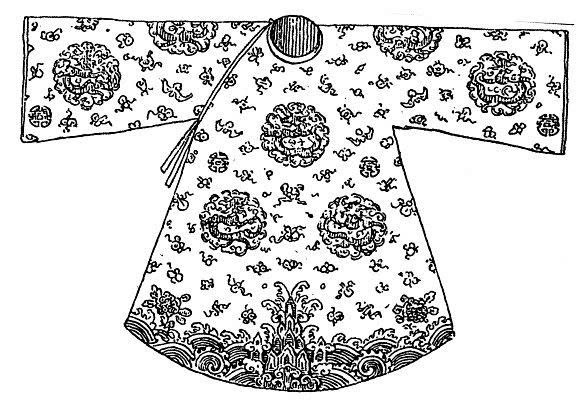
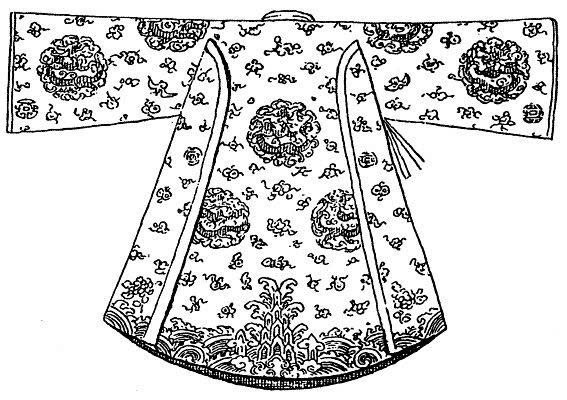
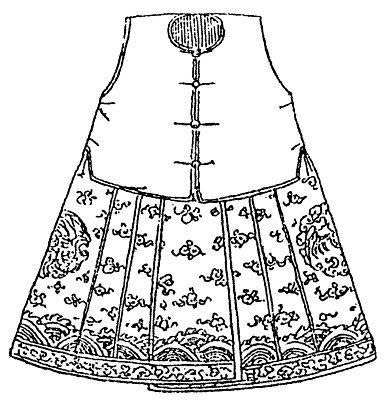

Front and Back Views of the Hoa Bào (Patterned Robe) and Xiêm (Common Skirt) of the Nguyen Dynasty
Notably, the Nguyen Dynasty’s Mãng bào, inherited from the Southern Region regulations of Lord Nguyen Phuc Khoat, is considered a pinnacle of Vietnamese court attire. Although influenced by China, the Vietnamese Mãng bào retained its unique features: the five-clawed dragon motif, waves, and curling clouds, as well as the two wings at the back of the robe—a detail no longer present in China during the Qing Dynasty
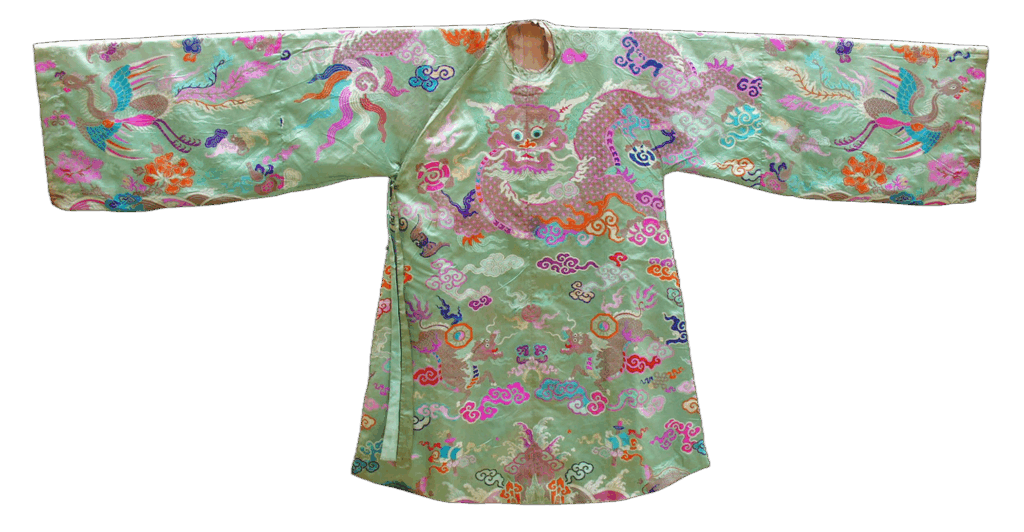
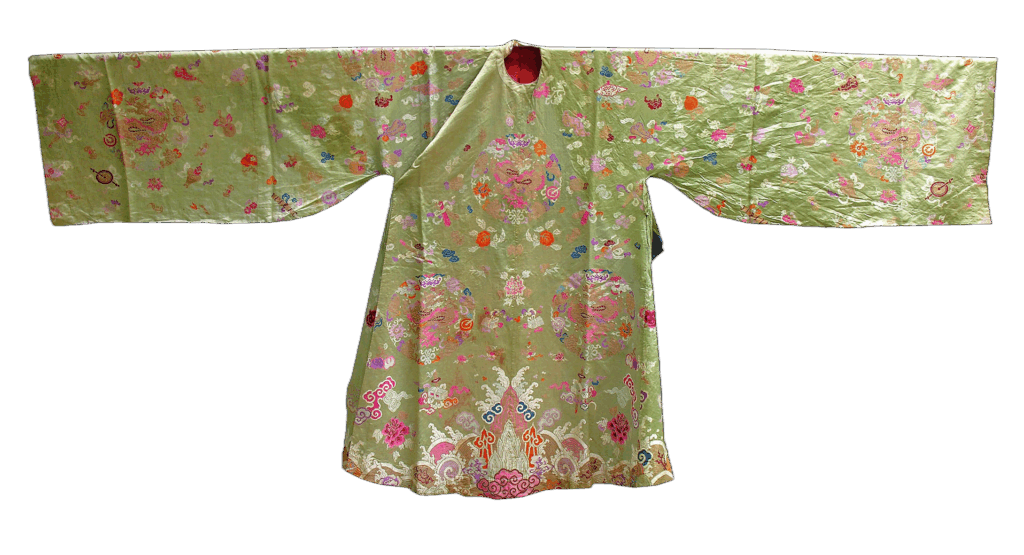
Mãng bào và Giao bào of Nguyen Dynasty
Daily Robes
Outside of formal court ceremonies, mandarins wore daily robes for everyday life and routine court sessions.

First, second, and third-rank civil mandarins wore the Văn Công hat, adorned with exquisite gold and jade jewelry, paired with a cross-collared (Mandarin Square Robe with cross-collar) embroidered with the Immortal Crane for first and second ranks or the Rooster for the third rank.
High-ranking military mandarins wore the Hổ Đầu hat, with a narrow-sleeved Mãng lan robe (Mandarin/Python-Patterned Robe) embroidered with mythical creatures like the Qilin, Báizé, or Lion, symbolizing military prowess and courage
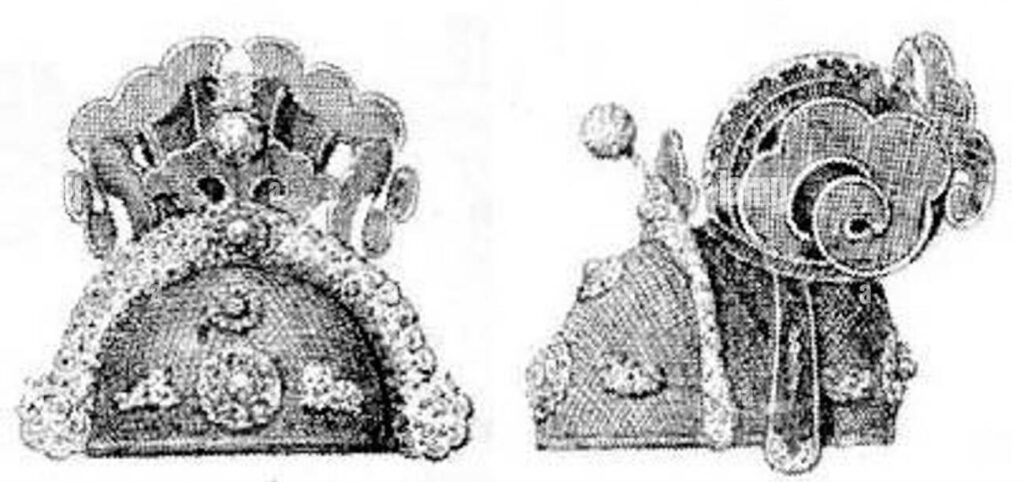
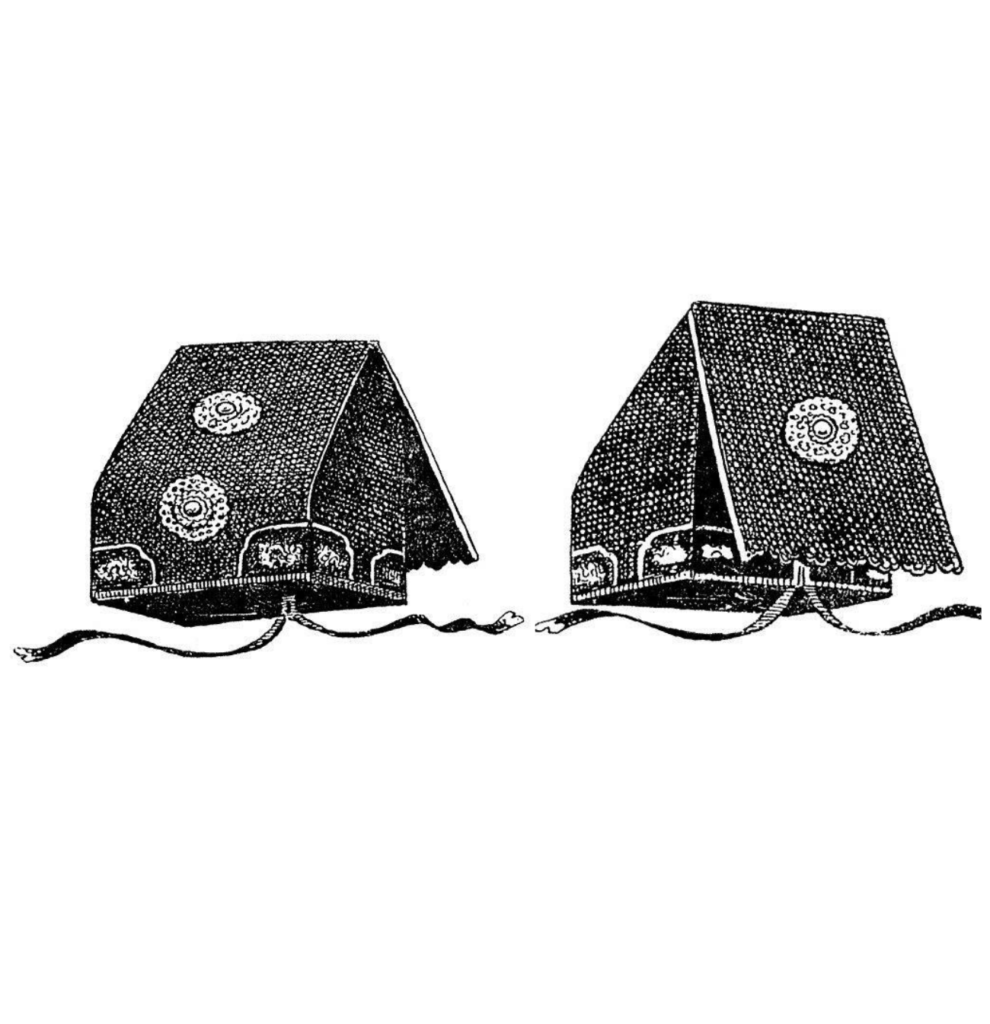
Mid- and lower-ranking mandarins used the Đông Pha hat, Tú Tài hat (Scholarly hat), or Xuân Thu hat, featuring lighter designs suitable for daily activities.
Especially, the Xuân Thu hat was the most common: serving as both the Emperor’s Ceremonial hat for the Sacrifice to Heaven (tế Giao) and the Daily hat for all mandarins, demonstrating the flexibility of the Nguyen attire system.
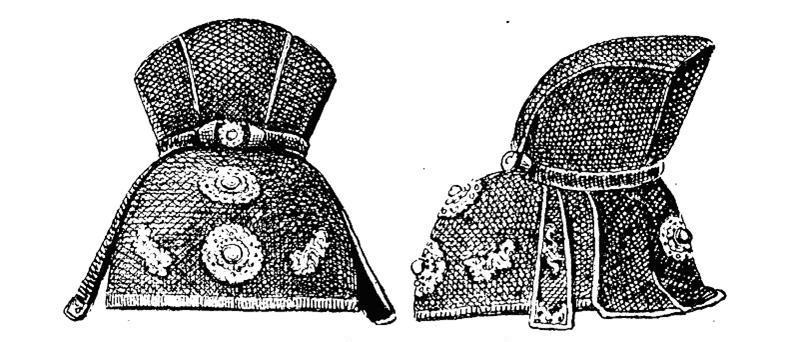
The Bổ tử Regulation
The Bổ tử regulations of the Nguyen Dynasty essentially inherited the system from the Le Trung Hung (Restored Le) period. However, the round-collared Đoàn lĩnh robe found in the Le and Ming (China) attire regulations was replaced by the cross-collared robe. The rank of the official was also indicated by the collar color: white for first, second, and third-rank mandarin, while the remaining ranks had collar colors matching the main color of the robe.

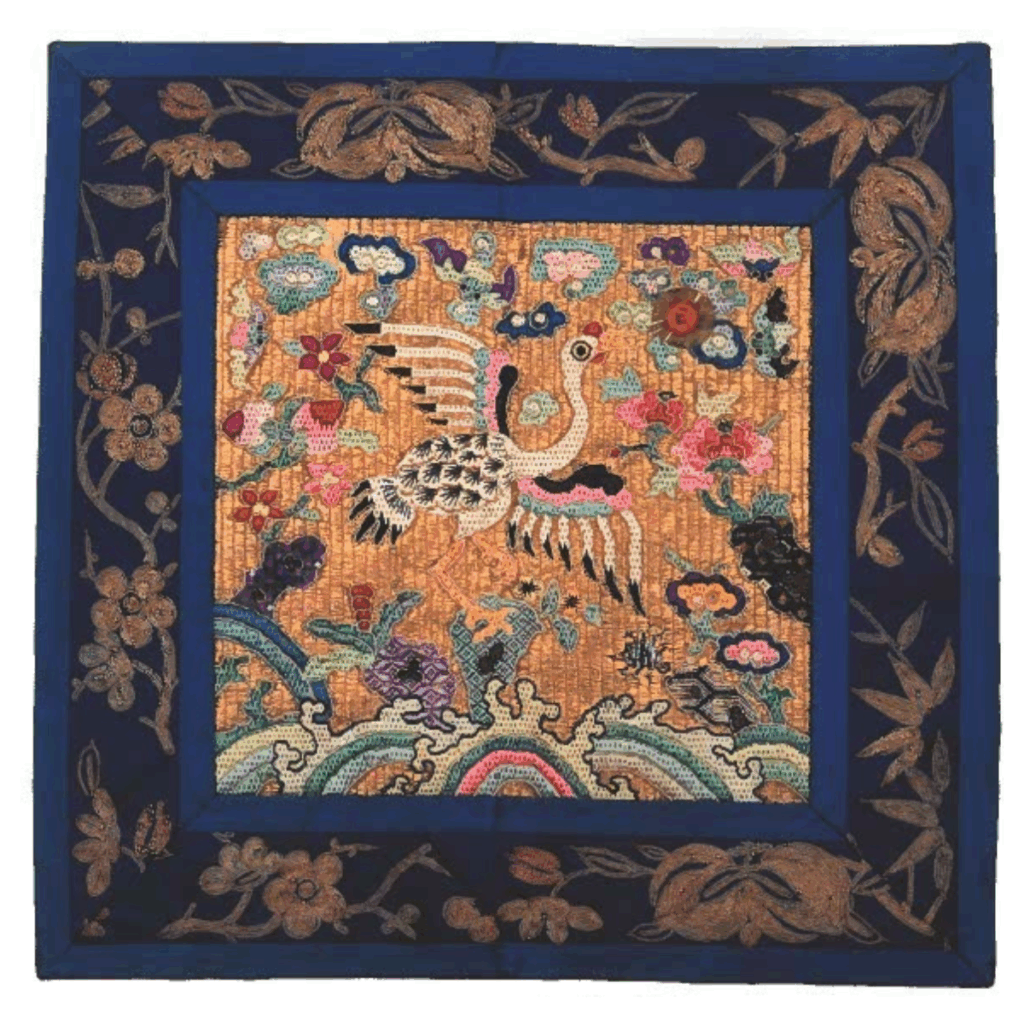
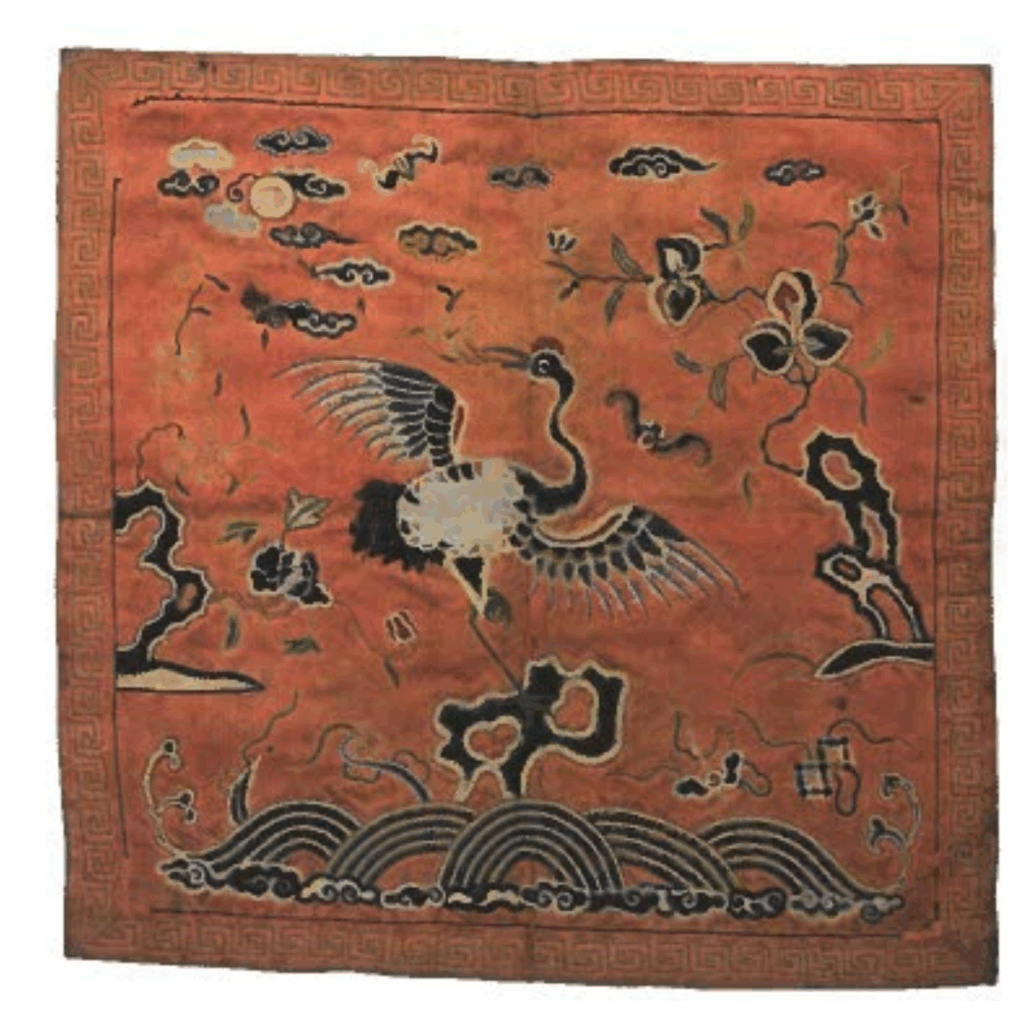
Bổ tử of Nguyen Dynasty
The attire system of the Nguyen Dynasty mandarins was a unified whole, reflecting the ritual order, rank, and political ideology of the dynasty. From the majestic ceremonial robes to the standardized court robes, from the simple daily robes to the intricate Mandarin Squares—all testify to the perfected state of Vietnam’s official dress code, while simultaneously expressing the aesthetic spirit and sense of reverence in court culture.








